Annual Operation and Maintenance
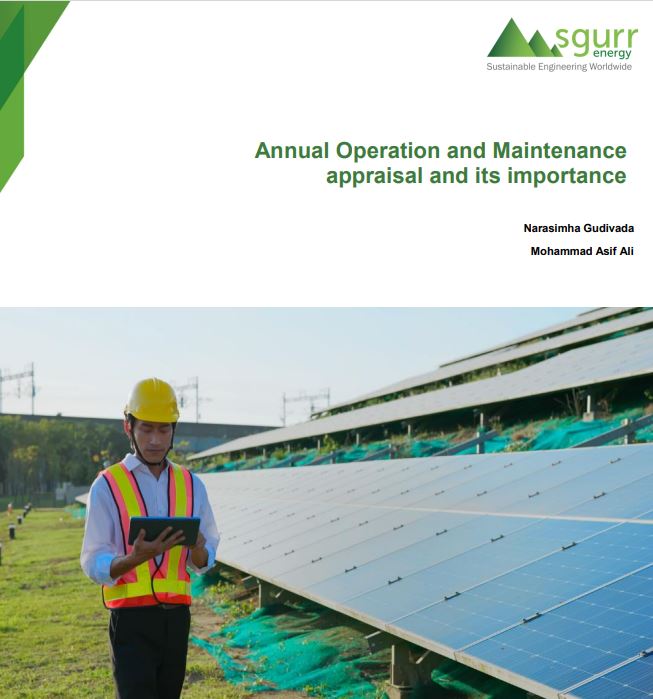
Narasimha Gudivada , Mohammad Asif Ali
This paper is written to fill a void created by lack of knowledge in conducting annual operation and maintenance appraisal and its importance in PV solar power plants. Operation and Maintenance(O&M) appraisal plays a vital role in maintaining the predicted energy yield, by evaluating the existing maintenance methodologies and proposing the remedial preventive maintenance plan to increase the life span of the plant. However, it is often seen that due to budgetary constraints, lack of knowledge of performing the evaluation, annual O&M appraisal are not undertaken.
Download to read the complete article.
Green Hydrogen Landscape and Technology
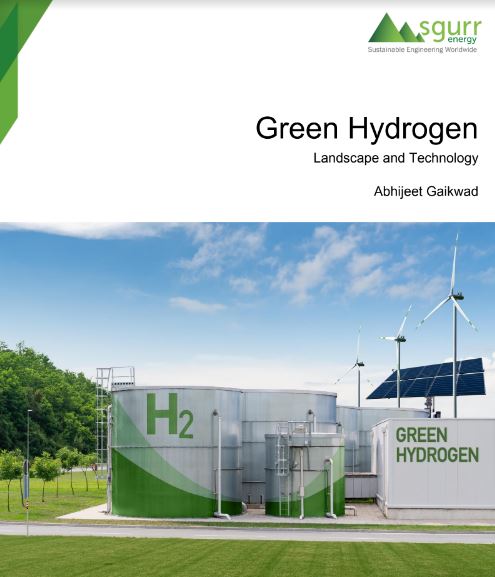
Abhijeet Gaikwad
The worldwide hydrogen sector is currently experiencing a substantial shift, primarily motivated by the pressing need to eliminate carbon emissions from various businesses and mitigate the impact of greenhouse gases. Hydrogen, widely recognised as the environmentally friendly energy carrier of the future, is increasingly being acknowledged as a flexible and sustainable option. Nations globally are making significant investments in the development of hydrogen production, storage, and distribution infrastructure to fully exploit its potential. Dominantly nations have put forward the strategies to replace grey hydrogen used in refineries, fertilizer’s and steel industries by green hydrogen.
Download to read the complete article.
ESG Initiatives by SgurrEnergy
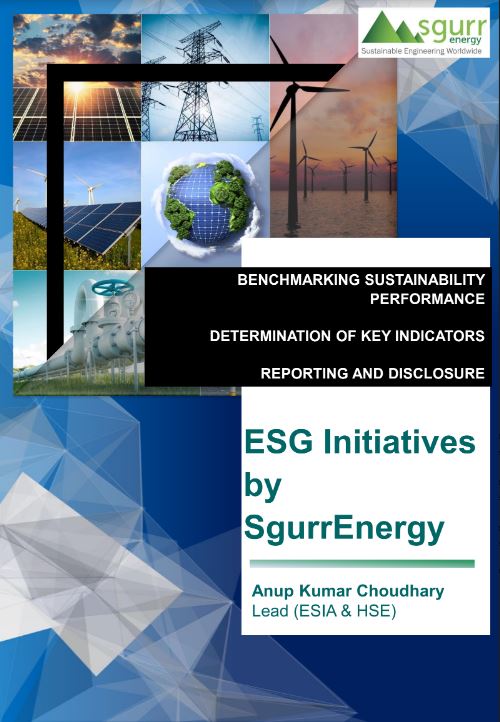
Anup Kumar Choudhary
Lead (ESIA & HSE)
To promote transparency on Environmental, Social, and Governance risks and opportunities within the organization,SgurrEnergy believes in ensuring sustainability in its operations and project execution.Though there is no regulatory obligation to adhere to the ESG guidelines, SgurrEnergy being an ISO 9001:2015, 14001:2015 & 45001:2018 certified organization, has voluntarily decided to take initiatives to intermingle ESG reporting into its mainstream reporting procedures. Taking a step forward SgurrEnergy has developed an in-house team of Environmentalists, Sociologists, Hydrogeologists, Strategists and Climate Change Experts to help its corporate setting in strengthening its sustainability performance. This helps SgurrEnergy, cope with the ever-changing world where success is no longer limited to financial success alone but is also about future-
proofing and delivering sustainable business. Sound ESG standards of the organization are seldom viewed by socially conscious investors to screen potential investments.
Download to read the complete article.
Windfarm simulation: Flow and wake modelling
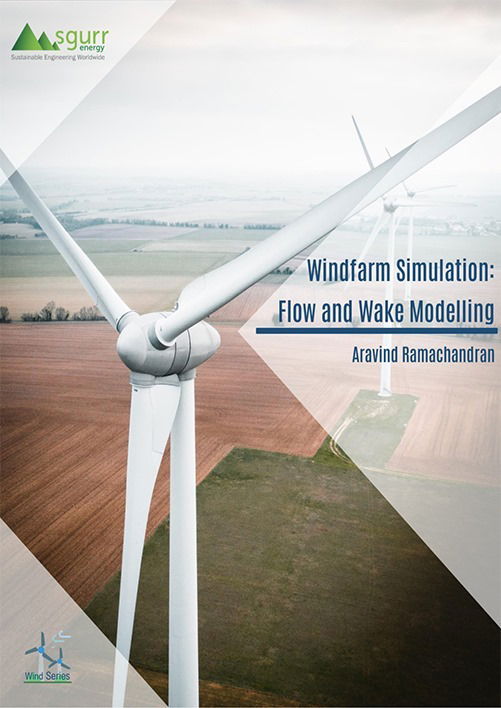
Aravind Ramachandran
Wind farms/Wind Power Plants are a group of wind turbines installed in a specific geographical which has very high wind potential. The turbines are placed in such a way that it maximizes the extraction of kinetic energy from the wind and minimizes wake losses. Wind farms are often located in areas such as coastal regions, plains, and elevated/Undulated landscapes where wind speeds are higher. The main challenge faced during optimizing the design, operation, control, and grid- integration of these wind farms is the prediction of its performance due to its multi-scale flow interaction between the wind turbines and the turbulent atmospheric conditions prevailing on site.
Download to read the complete article.
Corrosivity of Solar Power Plants : Challenges and Solutions
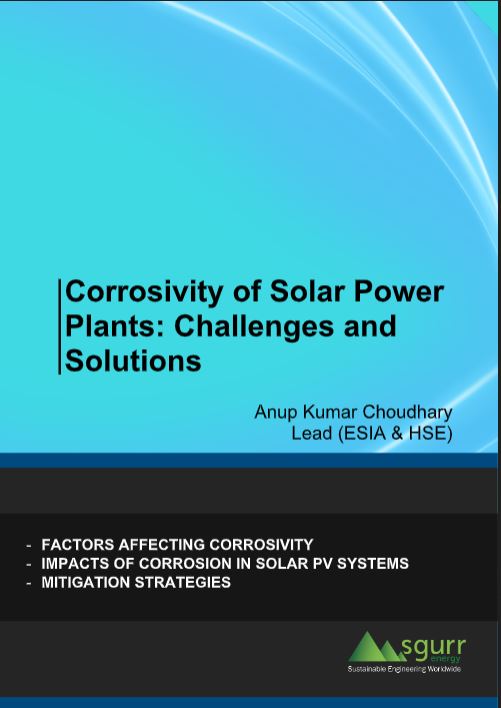
Anup Kumar Choudhary
Lead (ESIA & HSE)
Solar power plants have emerged as a key player in the global transition towards renewable energy sources. It is an integral part of the global shift towards renewable energy sources. These plants harness the abundant power of the sun to generate electricity, offering clean and sustainable alternatives to fossil fuel-based energy generation. However, as with any industrial infrastructure, solar power plants face various challenges, including the corrosive effects of their operating environment. The solar power plants are definitely not immune to various forms of corrosion. Corrosion can have detrimental effects on the performance and lifespan of solar power plant components, leading to increased maintenance costs and reduced energy generation efficiency. This article delves into the corrosivity concerns associated with solar power plants, explores the underlying causes, and highlights potential solutions to mitigate corrosion-related issues.
Download to read the complete article.
Restricted Earth Fault Protection (64R) in Resistive Grounded Transformer
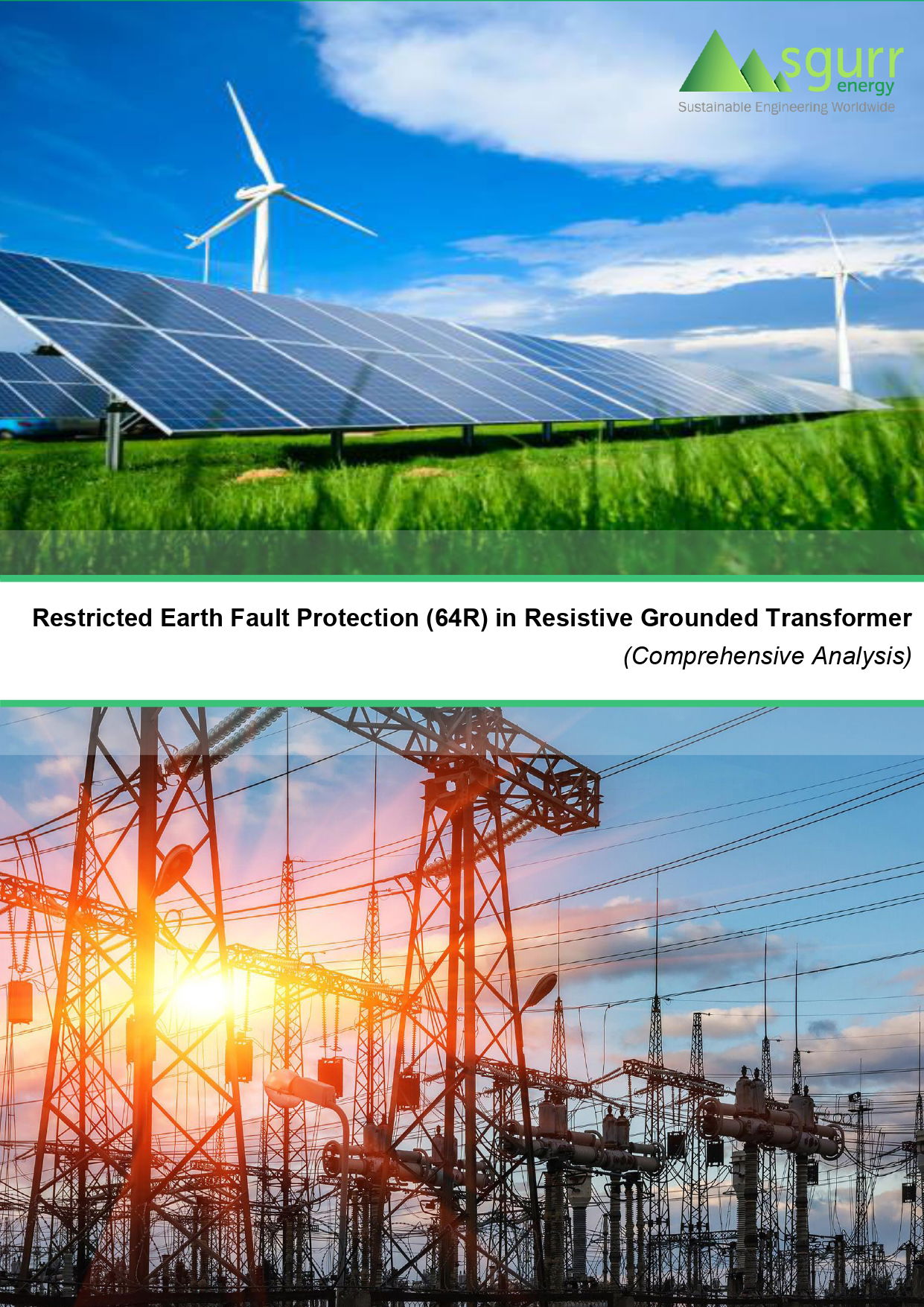
Darshan Suthar
darshan.suthar@sgurrenergy.com
Transformer is considered as vital equipment in transmission and distribution network. Power Transformer is typically considered as the costliest equipment for any substation/switchyard project and is expected to serve lifecycle of 35years. Considering significant cost associated with power transformer and relatively long outage time in case of failure of same equipment, it is emphasizing the importance of implementing effective protection strategies to prevent or mitigate such events.
Download to read the complete article.
Importance of Raw Material testing at Construction Sites

Chetan Paul
chetan.paul@sgurrenergy.com
Raw material testing is an essential aspect of material inspection in construction projects. It involves the examination of various materials such as cement, aggregates, steel, bricks, etc., before their use in construction works. The purpose of this testing is to ensure that the materials meet the required quality standards and are suitable for their intended use.
The testing helps to ensure that the materials used are of the required quality and strength, free from defects or impurities, meet regulatory requirements and standards, and reduce the risk of project delays and cost overruns.
Download to read the complete article.
Reactive Power Based LCOE Analysis
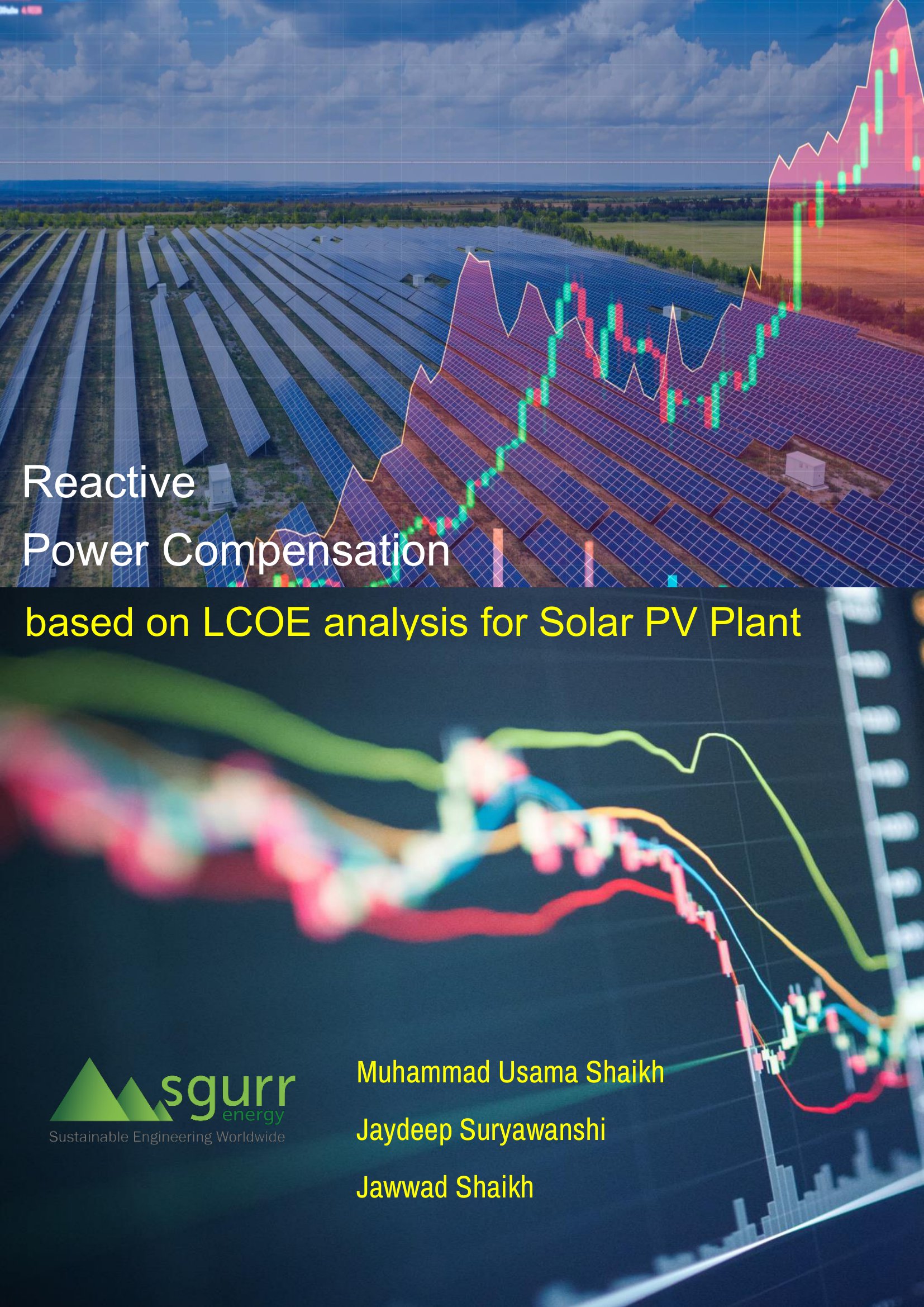
Jawwad Shaikh
jawwad.shaikh@sgurrenergy.com
Jaydeep Suryawanshi
Mohammed Usama Shaikh
mohammedusama.shaikh@sgurrenergy.com
As renewable sources increasingly penetrate grid networks, the behaviour of power system elements grows more complex. One such issue is the maintenance of the voltage profile at points of interconnection. Independent Power Producers (IPP) and developers are interested in generating maximum power with minimum capital expenditure while adhering to grid code requirements. The key question is how to meet grid code compliance in steady-state conditions. This requires the optimal design of a renewable plant.
SgurrEnergy, with over 75GW of experience, is well-equipped to handle such requirements. Our Energy Advisory Team and Electrical Engineering (Power System Studies) Team collaborate to optimize the interests of developers while complying with grid code requirements.
Download to read the complete article.
Optimization of Solar PV Module Mounting Structures using Computational Fluid Dynamics (CFD)
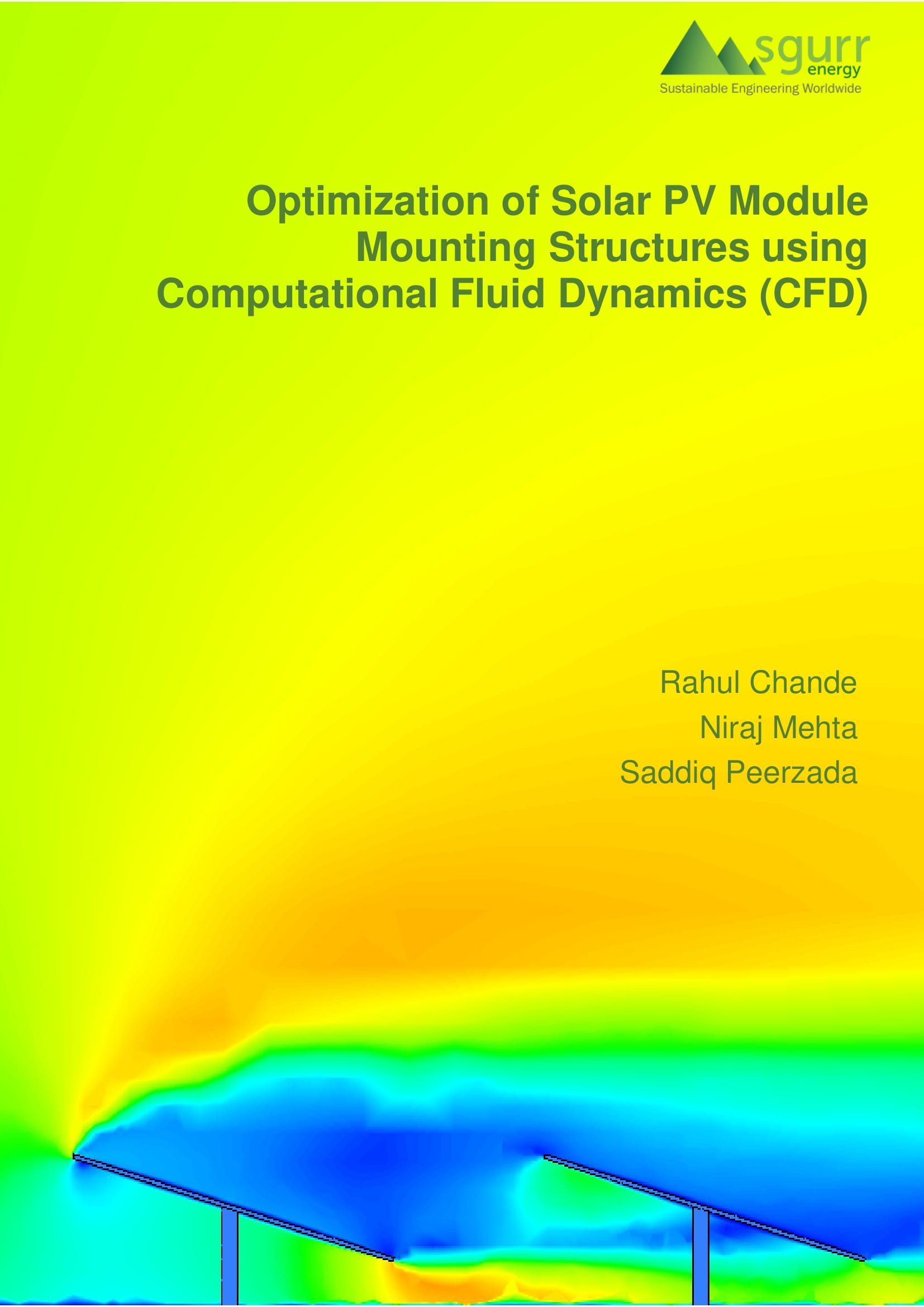
Rahul Chande
rahul.chande@sgurrenergy.com
Saddiq Peerzada
Saddiq.Peerzada@sgurrenergy.com
Niraj Mehta
niraj.mehta@sgurrenergy.com
SgurrEnergy has extensive experience optimizing module mounting structures for largescale solar PV projects. The CFD expert at SgurrEnergy is actively engaged in ongoing research to accurately estimate wind loads by simulating project-specific conditions. The CFD results can further be used in mechanical finite element analysis (FEA) for the optimized design of structures.
By applying Computational Fluid Dynamics and mechanical FEA to optimize the module mounting structure, there has been a significant value addition to lower the overall cost in recent projects. The analytical team supports the use of FEA in the design of mounting structures and also provides comprehensive services to clients related to its methodology and application to achieve optimization in solar projects
Download to read the complete article.
Battery Energy Storage Systems (BESS) Technology and Applications
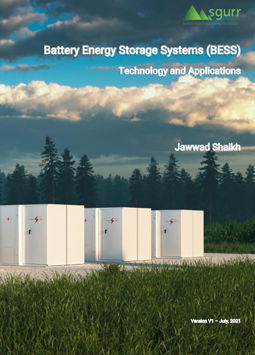
Jawwad Shaikh
jawwad.shaikh@sgurrenergy.com
Collecting energy produced at a specific time interval to consume at pre-defined time periods is known as energy storage and its corresponding system, Energy Storage System (ESS); although the term is analogous to batteries or a Battery Energy Storage System (BESS), the definition can be used to understand the objective of batteries.
Energy storage also involves energy conversion from an electrical power source to a physical form, such as thermal, gravitational, or chemical energy, which is further converted to electrical energy for consumption, again, at pre-defined time periods.
Download to read the complete article.
Importance of Eccentric Wind Loading on Monopitch Module Mounting Structures
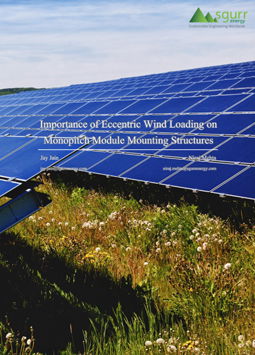
Jay Jain
jay.jain@sgurrenergy.com
Niraj Mehta
niraj.mehta@sgurrenergy.com
Wind load governs the design of the mounting structures of solar panels which constitute approximately 10 to 15 percent of the total project cost.
Wind load design of the ground-mounted photovoltaic (PV) power plants requires interpretation of the design code considering the particularities of these structures. Structural failures of utility scale PV plants are rare events, but some failures have still been observed in code-compliant structures.
Download to read the complete article.
Power Plant Controller
Putting the Power back Into the hands of the Developer
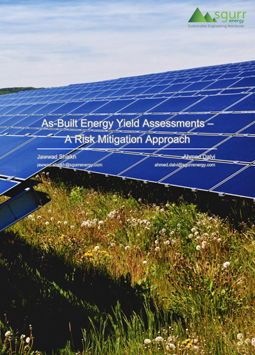
Dhiraj Madje
dhiraj.madje@sgurrenergy.com
The solar PV and Wind plants are assets which needs to consistently produce power with maximum control and predictability. This dynamic control of grid parameters is necessary in accordance with government guidelines which can be achieved using a power plant controller.
The Power Plant Controller (PPC) controls individual inverters to maintain specified active power, reactive power, voltage, power factor and frequency at the Point of Interconnection (POI). Most of the grid codes worldwide mandate use of PPC for any renewable plant over 10 MW in capacity.
Download to read the complete article.
As-Built Energy Yield Assessments
A Risk Mitigation Approach
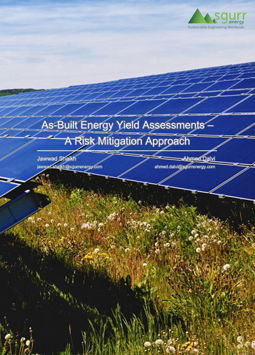
Jawwad Shaikh
jawwad.shaikh@sgurrenergy.com
Ahmed Dalvi
ahmed.dalvi@sgurrenergy.com
With solar PV having emerged as the leading technology in the renewable energy sector, with over 480GW global installations, the need for continual development and advancement in the methodologies for assessing the long-term profitability of the technology play a crucial role in the progress of the industry.
One of the primary mechanisms adopted to ensure the same is through accurately predicting the power generation of a solar power plant through detail oriented energy yield estimations.
Download to read the complete article.
Adoption of Bi-facial modules
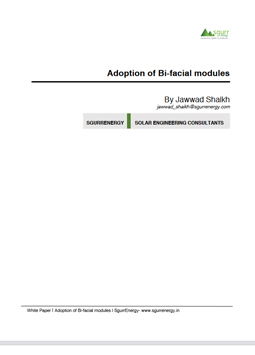
Jawwad Shaikh
jawwad.shaikh@sgurrenergy.com
Bifacial PV module technology has seen a steep increase in interest from the industry on the back of similar success of PERC technology enabled PV modules.
The technology however has been around for some time, with commercial production in place for over a decade. So how are the conditions different now from a few years ago? What is driving this widespread adoption of bifacial PV modules in the present time?
Download to read the complete article.
Flood risk assessment for utility scale solar PV plants
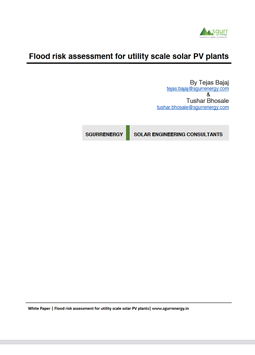
Tejas Bajaj
tejas.bajaj@sgurrenergy.com
Tushar Bhosale
tushar.bhosale@sgurrenergy.com
No one can control floods, but yes, it is possible to control the damage to solar PV plants due to them. The destruction of solar PV plant components largely depends upon the flood volume, velocity, duration and depth.
To avoid all such situations, it may be essential to conduct an in-depth hydrology study during the project planning stage, as we believe in ‘Prevention is better than Cure’.
Download to read the complete article.
Solar PV Projects
The Case for Independent Construction Monitoring
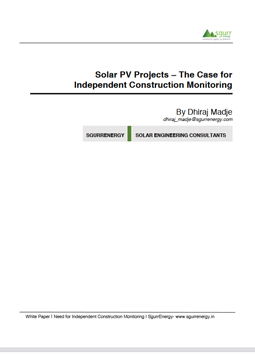
Dhiraj Madje
dhiraj_madje@sgurrenergy.com
A solar PV project is divided into various essential aspects of infrastructure such as: electrical engineering, civil engineering, module mounting structures, weather monitoring stations, and supervisory controls.
In order for a solar power plant to achieve the desired generation values, it is vital that the design conceptualization translates into implementation on the ground. This means that every aspect of engineering and construction needs to be properly validated, documented, and easily accessible during the project cycle.
Download to read the complete article.
Tracking Systems improve the economics of certain solar projects
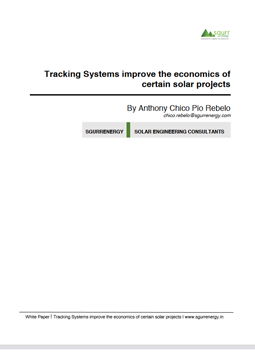
Anthony Chico Pio Rebelo
chico.rebelo@sgurrenergy.com
Developers face a number of challenges when creating proposals for solar projects and with the recent cancellation of power purchase agreements (PPAs) awarded to recognised developers, none of these challenges is more relevant in today’s market than the availability and acquisition of land.
This consequently leads to the question of whether to employ a fixed-tilt (FT) system or a horizontal single axis tracker (HSAT) system to achieve desired energy targets.
Download to read the complete article.
Floating solar system
A case for String inverters
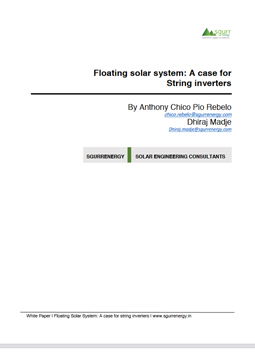
Anthony Chico Pio Rebelo
chico.rebelo@sgurrenergy.com
Dhiraj Madje
dhiraj.madje@sgurrenergy.com
Utility scale Solar PV projects is gaining global acceptance and its growth attaining an almost exponential trend, new challenges are emerging in the ever competitive landscape. Floating solar, also known as floatovoltaics is one of the emerging avenues for deployment of PV systems.
This technical article addresses the advantages and the essential challenges associated with implementing such systems, along with solutions adopted by developers.
Download to read the complete article.
